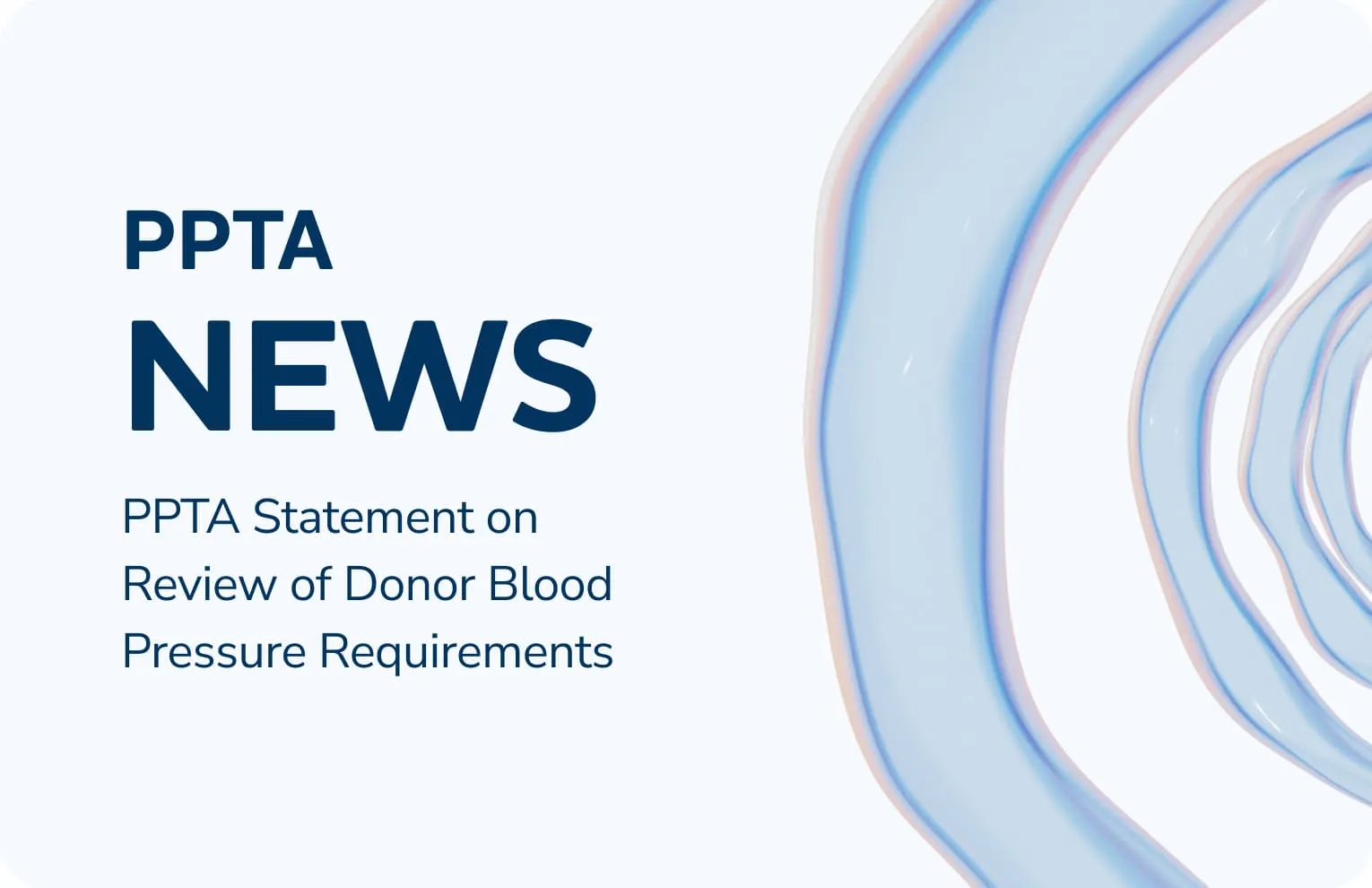Swine Influenza is an acute, upper respiratory disease. The disease is caused by Orthomyxoviruses endemic to pig populations. Swine influenza strains isolated to date have been classified either as Influenza C virus or one of the various subtypes of the genus Influenza A. These viruses can be directly transmitted from pigs to people as “zoonotic” disease agents and vice versa. Human-to-human transmission of swine influenza occurs in the same way as seasonal influenza transmission, i.e. direct contact or coughing and sneezing. The current virus is a novel type A “swine influenza” H1N1 virus that appears to be a recombinant of two swine flu viruses, one of which already had avian and human genes, but was well-established in swine. The “swine influenza” is not related to the highly pathogenic avian influenza H5N1 that has circulated in recent years outside the U.S. and North America.
The first record of swine influenza transmission to humans dates back to 1976 in the U.S. Since then the U.S. Centers for Disease Control (CDC) received reports of approximately one human swine influenza virus infection every one or two years in the U.S., but from December 2005 more cases have been reported, leading to the recent emergency declaration in the U.S.1.
Influenza viruses are lipid enveloped viruses2. Swine influenza is a lipid enveloped virus. PPTA member companies have intensively studied the capacity of the manufacturing process and in-build virus inactivation methods to inactivate any subtype of these viruses. The available data demonstrate that influenza viruses are readily inactivated by commonly used inactivation industry practices such as pasteurization, vapor heating, low pH, solvent detergent treatment and sodium caprylate. A recent study3 published in the scientific journal “Transfusion” confirmed that influenza virus strain H5N1 is effectively inactivated through these commonly used methods. Although H5N1 is a different strain than the swine influenza viruses it serves as a model virus with very similar properties as the virus in question, predicting the level of inactivation.
The continuous research undertaken by PPTA member companies to demonstrate the inactivation capacity for a variety of viruses, including enveloped influenza viruses result in the high margin of safety found in today’s plasma protein therapies. PPTA will continue to monitor the spread of swine influenza virus and remain vigilant in efforts to ensure the safety of these often life-saving therapies.
1 http://www.cdc.gov/mmwr/preview/mmwrhtml/mm58d0421a1.htm
2 J.C. de Jong, G.F. Rimmelzwaan, R.A.M. Foucher & A.D.M.E. Osterhaus National Influenza Center of the WHO, Department of Virology. Influenza Virus: a master of metamorphosis; Journal of Infection 2000;40: 218-228
3 Kreil T.R., U. Unger, S.M. Orth, G. Petutschnig, O. Kistner, G. Poelsler, and A. Berting. H5N1 influenza virus and the safety of plasma products; Transfusion 2007; 47: 452-459.
Created on April 28 2009.





